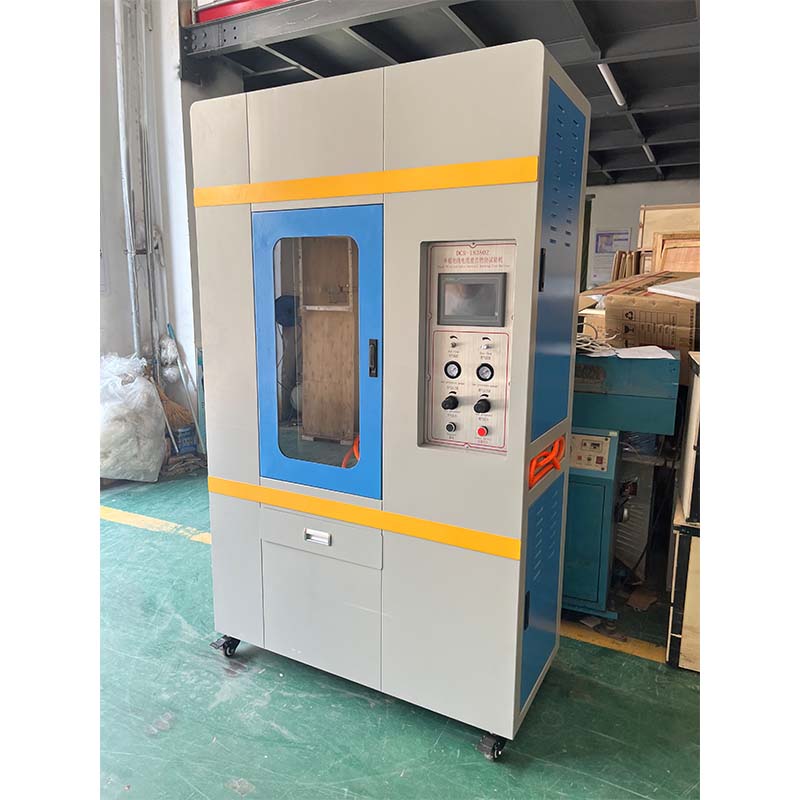winding and torsion tester
Understanding Winding and Torsion Testers A Key to Quality Assurance in Manufacturing
In modern manufacturing, the quality and durability of products are paramount, particularly in industries that rely heavily on materials that undergo various forms of stress and strain. Among the essential testing equipment in this regard are winding and torsion testers. These devices play a crucial role in assessing the mechanical properties of materials and components, helping manufacturers ensure their products meet stringent quality standards.
Winding testers are primarily used to evaluate the performance of materials that are subject to winding processes, such as wires, cables, and fiber optics. The testing procedure involves winding the material around a specified diameter while applying a predetermined number of turns. By measuring the force required to wind the material and observing its behavior during the process, engineers can evaluate its flexibility, strength, and resilience. This information is vital for determining the optimal applications for specific materials, ensuring they can withstand the stresses of their intended use.
On the other hand, torsion testers are designed to examine how materials respond to torsional forces. This type of testing is essential for components that will experience twisting forces during their lifecycle, such as in automotive and aerospace applications. A torsion test typically involves applying a torque to a specimen until it either fails or reaches its maximum twist angle. The data collected from these tests—such as the torque at failure and the angle of twist—provide vital insights into the material’s shear strength and ductility. This information can be instrumental in predicting the performance of components under real-world conditions, leading to better design choices and improved safety.
winding and torsion tester

Both winding and torsion testers come equipped with advanced sensors and data acquisition systems that facilitate precise measurements and analysis. Modern testing machines often feature computer software that allows for detailed data visualization, helping engineers identify trends and anomalies in material performance. This accuracy in testing is crucial, as even minor deviations can lead to product failures in high-stakes applications.
Incorporating winding and torsion testing into the quality control processes can significantly enhance product reliability. Manufacturers who prioritize these tests not only comply with industry standards but also build customer trust by delivering products that meet or exceed expectations. Moreover, understanding the mechanical behavior of materials through these tests can lead to innovations in material science, driving the development of new, more durable products.
In conclusion, winding and torsion testers serve as fundamental tools in modern manufacturing, ensuring the integrity and longevity of materials under various stress conditions. As industries evolve and technologies advance, the importance of these testing devices will only continue to grow, maintaining a central role in the pursuit of quality assurance and innovation.
-
Why the Conductor Resistance Constant Temperature Measurement Machine Redefines Precision
NewsJun.20,2025
-
Reliable Testing Starts Here: Why the High Insulation Resistance Measuring Instrument Is a Must-Have
NewsJun.20,2025
-
Flexible Cable Flexing Test Equipment: The Precision Standard for Cable Durability and Performance Testing
NewsJun.20,2025
-
Digital Measurement Projector: Precision Visualization for Modern Manufacturing
NewsJun.20,2025
-
Computer Control Electronic Tensile Tester: Precision and Power for the Modern Metal Industry
NewsJun.20,2025
-
Cable Spark Tester: Your Ultimate Insulation Assurance for Wire and Cable Testing
NewsJun.20,2025
 Copyright © 2025 Hebei Fangyuan Instrument & Equipment Co.,Ltd. All Rights Reserved. Sitemap | Privacy Policy
Copyright © 2025 Hebei Fangyuan Instrument & Equipment Co.,Ltd. All Rights Reserved. Sitemap | Privacy Policy
